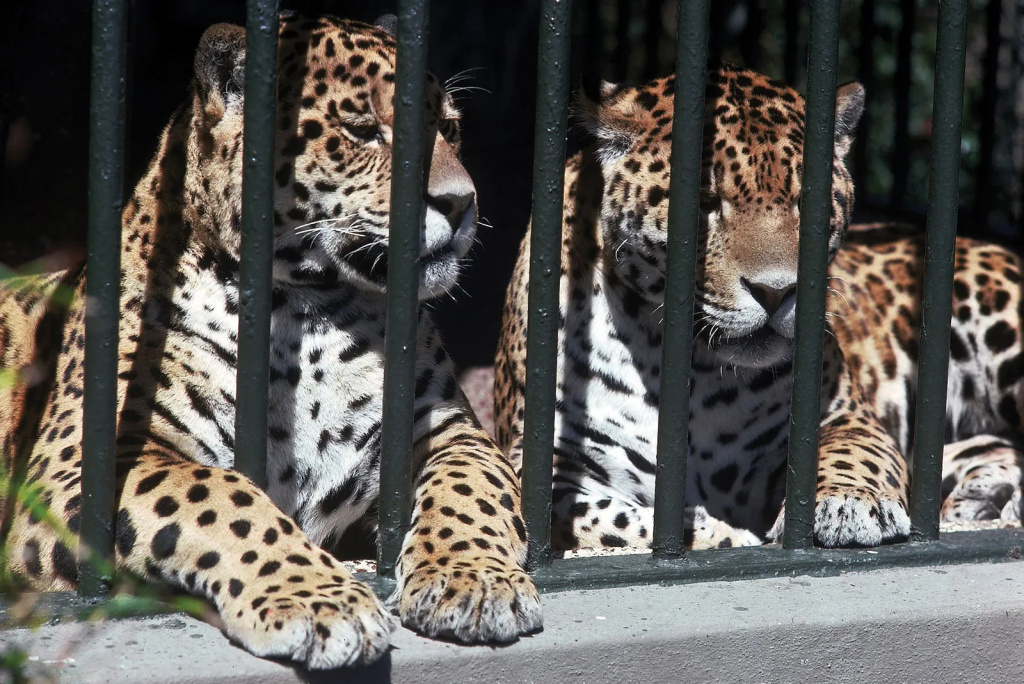
Zoos have long been at the center of a heated debate regarding their role in wildlife conservation. While proponents argue that zoos are essential for the survival of endangered species, critics contend that they are unnatural environments that can harm animals.
Supporters of zoos emphasize their contribution to conservation through breeding programs, which have successfully reintroduced species like the California condor and the Arabian oryx into the wild. These efforts are seen as vital in preserving species on the brink of extinction. Zoos also play a crucial role in educating the public about wildlife and the importance of conservation, fostering a sense of responsibility towards protecting the natural world.
On the other hand, opponents argue that no matter how well-designed, zoos cannot replicate the complex environments that animals need to thrive. Critics point out that captivity often leads to stress and behavioral issues, with some animals exhibiting signs of psychological distress, such as pacing or self-harm. Additionally, the ethics of keeping wild animals in captivity purely for human entertainment remains a significant concern.
The debate is further complicated by the fact that not all zoos adhere to the same standards. While some institutions prioritize animal welfare and conservation, others may focus more on profit, leading to subpar conditions for the animals.
As the discussion continues, it’s clear that the role of zoos in conservation is complex and multifaceted. Balancing the need for species preservation with ethical considerations remains a significant challenge for both zoos and conservationists.